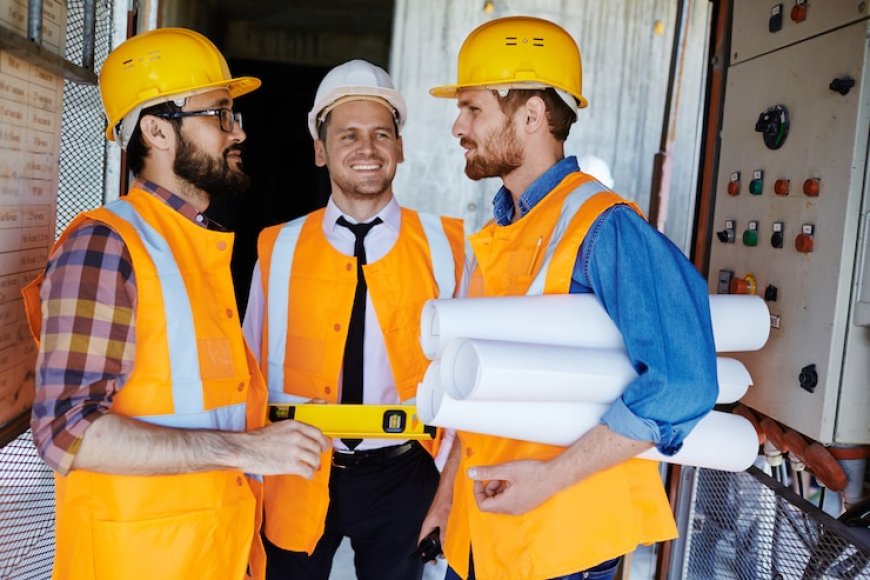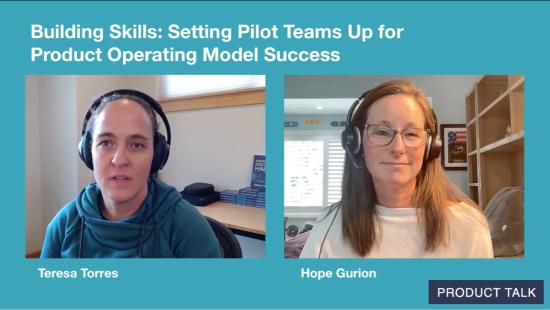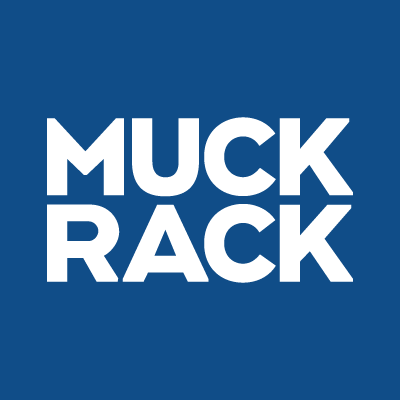Slips, Trips, and Falls: Stopping the Top Workplace Hazard Through Risk Analysis

Every workplace, whether it's an office, warehouse, construction site, or factory, has one common and often underestimated hazard — slips, trips, and falls. These incidents might seem minor, but they are among the top reasons for workplace injuries around the world. What's even more troubling is that most of them are entirely preventable.
Before diving into the solutions, let’s explore how risk analysis can be the game-changer in stopping these hazards in their tracks. But first, let’s address a common step many safety professionals take — enrolling in professional training like the NEBOSH course. It’s worth noting that NEBOSH course fee might seem high initially, but the return on investment is invaluable when compared to the costs of workplace accidents, employee downtime, and legal issues.
Understanding the Real Cost of Slips, Trips, and Falls
Let’s start with a quick story. Sarah, a young administrative assistant, slipped on a wet floor near the office kitchen. There was no sign, no warning, just spilled water from a leaky coffee machine. She fractured her wrist and ended up taking two months off work. The company had to cover her medical bills, lost productivity, and a temporary replacement. All of this could have been avoided by a simple hazard sign and regular maintenance checks.
This is just one example. Slips, trips, and falls don’t only happen in high-risk industries. They can happen anywhere. That’s why risk assessments and proper safety training are so important.
Why Do These Incidents Happen So Often?
Many workplaces neglect small but significant details. Here are some of the most common causes:
-
Wet or oily surfaces
-
Uneven flooring or loose carpets
-
Cluttered walkways
-
Poor lighting
-
Improper footwear
-
Inadequate training on hazard recognition
These issues might seem trivial at first glance, but when combined, they create the perfect storm for accidents.
The Role of Risk Analysis in Preventing Accidents
Risk analysis involves identifying potential hazards before they result in accidents. It's like looking into the future and taking action now to prevent what might go wrong. Here’s how you can implement it step by step:
Step 1: Identify Problem Areas
Walk through your workplace and observe. Look for water spills, uneven tiles, cables running across walkways, or any kind of obstruction.
Tip: Talk to employees. They often know exactly where the “trouble spots” are.
Step 2: Evaluate the Risks
Ask yourself: What could happen if this hazard is not removed? Who might get hurt? How severe would the injury be?
This helps you prioritize which issues need immediate attention.
Step 3: Take Preventive Measures
Once risks are identified, here’s what you can do:
-
Use anti-slip mats in wet areas
-
Place caution signs
-
Repair uneven flooring
-
Improve lighting in dim areas
-
Ensure staff wear appropriate footwear
These are simple fixes that make a huge difference.
Step 4: Train Your Employees
Even the safest workplace becomes risky if employees don’t recognize hazards. Regular safety training ensures that everyone is aware of the risks and how to avoid them. Courses like NEBOSH safety course in Pakistan provide comprehensive training in hazard recognition and risk control strategies, equipping workers with practical tools to stay safe on the job.
Using Real-Life Scenarios to Educate Staff
A great way to engage your team is by sharing actual incidents — ones that occurred in your industry or even within your company. When people can relate to the story, they are more likely to remember the lesson.
Let’s go back to Sarah’s story. After her accident, the company used her experience in a safety meeting. They even invited her to speak about it. The impact? No similar incident occurred for the next two years.
Slips, Trips, and Falls by the Numbers
Numbers don’t lie. According to international safety statistics:
-
Slips and trips cause over one-third of all major injuries in workplaces.
-
They are responsible for over 20% of over-3-day injuries to employees.
-
They cost employers millions annually in lost productivity and compensation.
This highlights the importance of focusing on preventive strategies like risk assessment and regular inspections.
Creating a Safety Culture
Building a culture where safety is everyone’s responsibility takes time, but it’s worth the effort. Here are a few tips:
-
Encourage employees to report hazards immediately
-
Reward safe behavior
-
Lead by example — management should follow safety rules too
-
Schedule regular training refreshers
This not only reduces accidents but also boosts morale. When employees feel safe, they perform better.
Tools and Technology That Can Help
Modern technology can play a big role in workplace safety. Here are a few tools you can use:
-
Mobile apps for reporting hazards in real time
-
Safety sensors and alarms
-
Video surveillance to monitor high-risk zones
-
Wearable tech to track movement and alert workers of dangerous conditions
Implementing these tools makes it easier to manage risks proactively.
The Business Side of Safety
When you think about safety, think about sustainability. A safe workplace means:
-
Fewer accidents
-
Lower insurance premiums
-
Improved employee retention
-
Better company reputation
That’s why investing in training, such as the NEBOSH safety course in Pakistan, and tools for risk analysis isn’t just a legal responsibility — it’s a smart business move.
Conclusion:
Stopping slips, trips, and falls starts with one thing — awareness. From there, it’s all about taking consistent, practical steps to reduce risks and create a culture that puts safety first. Whether you're a manager, a business owner, or an employee, your actions matter.
Start by identifying hazards, involve your team, invest in proper training, and don’t ignore the small stuff. Remember, preventing one fall might save a life, avoid a lawsuit, or keep a valuable team member healthy and productive.
If you're still unsure about taking the next step, consider how investing in workplace safety training — like NEBOSH safety course in Pakistan — can transform your environment. It's not just about avoiding fines or compliance — it's about caring for your people.
Make safety not just a rule, but a part of your company’s DNA. Start today.











































































![https //g.co/recover for help [1-866-719-1006]](https://newsquo.com/uploads/images/202506/image_430x256_684949454da3e.jpg)






















![[PATREON EXCLUSIVE] The Power of No: How to Say It, Mean It, and Lead with It](https://tpgblog.com/wp-content/uploads/2025/06/just-say-no.jpg?#)
























































